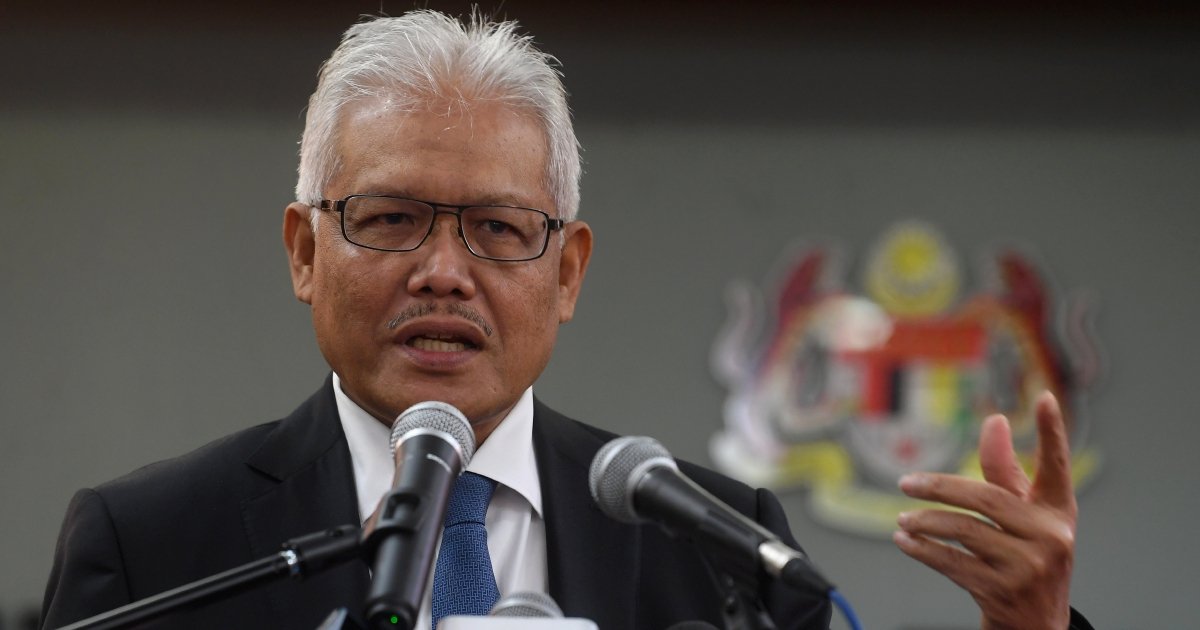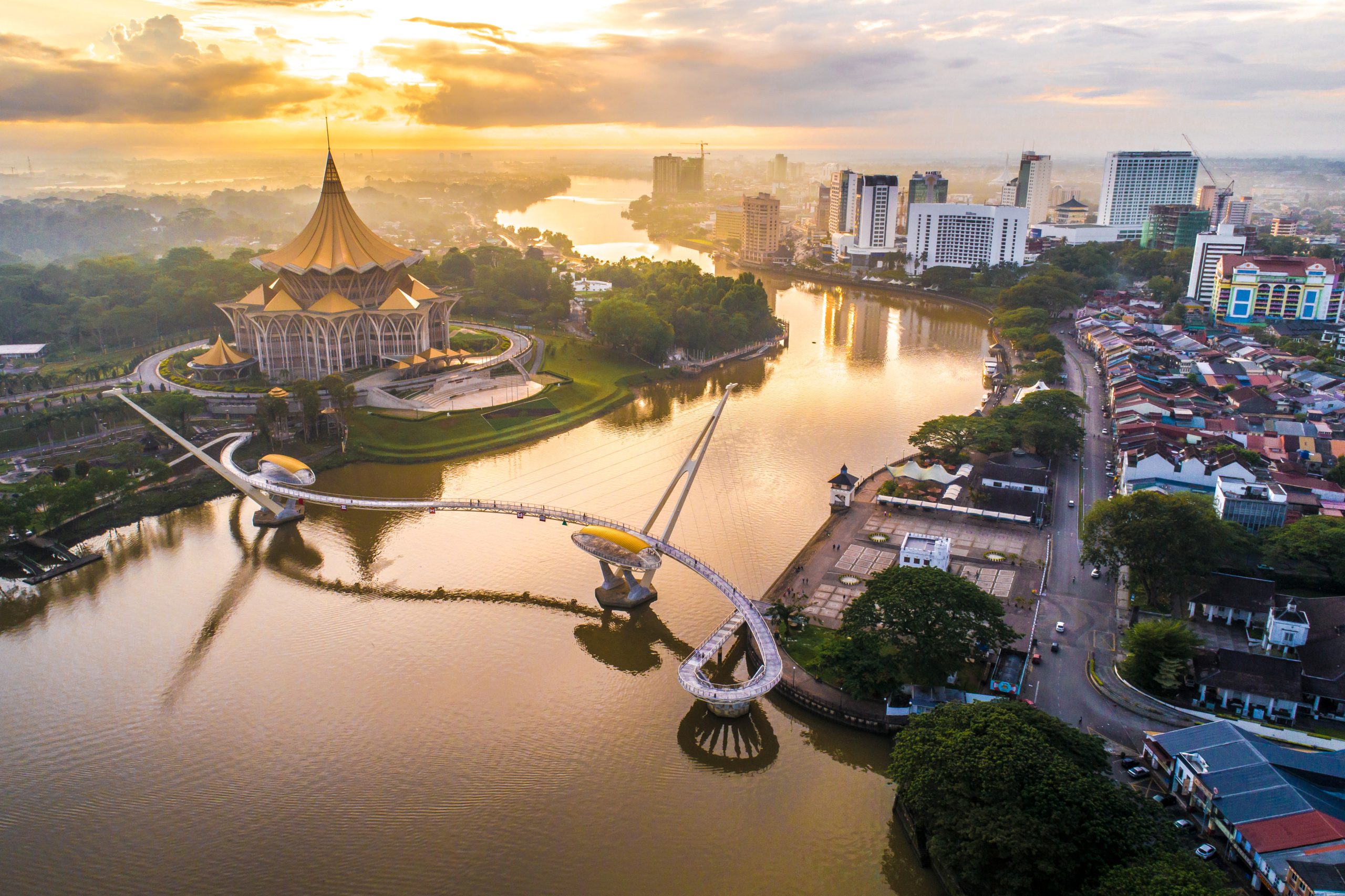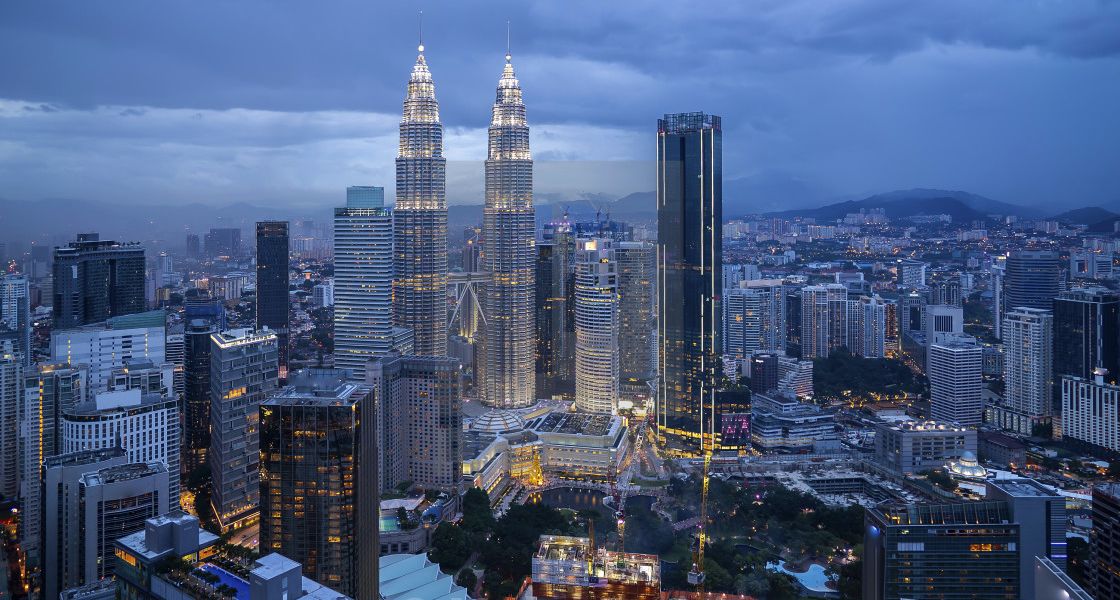Recent data from the country’s network of MM2H agents appears to directly contradict the confident assertions made by the Home Ministry in January.
The Malaysia My Second Home programme resumed accepting applications in October 2021 after a lengthy and unprecedented shutdown, but with harsh new requirements that immediately shut out the overwhelming majority of would-be applicants for the programme.
Home Minister Datuk Seri Hamzah Zainudin insisted that the programme’s popularity would not be diminished, but rather the strict new criteria for acceptance would ensure “high quality” applicants.
To remind readers, the previous MM2H programme – a 10-year renewable visa aimed largely at retirees – required an offshore income of RM10,000 per month and RM150,000 placed in a fixed deposit account with a Malaysian bank. The visa cost was RM90 per year. There were other details, but these were the main highlights.

When the new programme rolled out, jaws across Malaysia dropped, as the requirements now stipulated applicants would need a whopping RM40,000-a-month income and a RM1 million fixed deposit. Only a small percentage of applicants even met the income threshold – after all, not many are fortunate enough to have a retirement income of some US$10,000 a month – but of the few who did qualify, almost none were willing to park a cool million ringgit, a notoriously depreciating currency, in a low-interest bank account.
Even the visa fee skyrocketed, rising from RM90 to RM500 per year – a 455% increase. Then, as if to add insult to injury, the term of the visa was halved to just five years.
To say the least, critics were adamant that all this would spell doom for the MM2H programme, a nice little set-up that provided a lot of positive press for Malaysia and brought in billions in foreign exchange, with virtually no negatives in exchange.
The prevailing attitude, despite Hamzah’s lofty assurances that the programme would continue drawing plenty of now-“quality” applicants, was that the interest in MM2H would all but collapse, as competing programmes, both regionally and worldwide (and even here in Sarawak!) would suddenly look a LOT more attractive.
Well, to no one’s surprise, that belief proved accurate. Recently released data by the MM2H Consultants’ Association showed that from October until April 8, there were only 44 applications for the programme. Of those, only 28 passed successfully.
Twenty-eight approved applications in six months.
This makes it difficult to reconcile Hamzah’s assertion on January 21 that 111 applications had been submitted (as of that date).
On that date, Hamzah also said that the rate of applications was “about the same” as the average number of applications received under the old conditions.
“This shows that despite the conditions being stricter, foreigners are not shying away from the MM2H programme,” he said at the time, pointing out that the average number of applications before the programme changes were made was about 100 a month.
Number-savvy readers may note that “about 100 a month” is not the same as “111 in three months.” But in any case, the latest figures from the MM2H Consultants’ Association, which show just 44 applications in six months, make even the 111 applications in three months claim all the more confusing.
Once again, calls are raining down on the government to review the MM2H programme and try to fix the damage that’s being done.
MM2H Consultants’ Association President Anthony Liew said the number of applications had dropped dramatically following the Covid-19 pandemic and the government’s revision of the programme’s conditions.
“Prior to the current guidelines and pandemic, we had up to 6,000 successful applications yearly,” he said. (Once again, readers comfortable with numbers will note that 6,000 applications a year is not at all the same as Hamzah’s 1,200 applications a year claim.)
Liew added that although many retirees had expressed interest in the programme, the current fees made it unattractive. “We hope the government can reconsider the RM40,000 minimum monthly income requirement, especially for the retiree age group of 60 and above,” he said. “A tiered system could also be introduced to make the programme that much more attractive for prospective applicants across different ages.”
Virtually all MM2H agents have reported steep drops in applications, with many agents saying they’re now processing more visa cancellations than applications, as existing or previously approved MM2H visa holders decide to exit the programme.
Simultaneously, Sarawak has seen interest in its own MM2H programme increase tremendously. As Sarawak maintains its own immigration and border controls, the state launched its own version of MM2H a few years ago. Now, with the contrast between the federal programme offered by Malaysia and Sarawak’s programme magnified, the attractiveness of the S-MM2H visa is increasingly drawing attention.
To learn more about the Sarawak programme, read on.
S-MM2H: AN OVERVIEW
The Sarawak Malaysia My Second Home (S-MM2H) program has attracted a lot of interest following the federal government’s decision to significantly change the requirements for the national programme. The national visa covers West Malaysia and Sabah. From the beginning, Sarawak chose to have their own version of the visa and subsequently, elected not to follow the central government when they made major changes to the programme, making it far less accessible. The S-MM2H visa has now given the many people who were interested in living in Malaysia, but no longer qualify under the terms of the amended programme, an opportunity to still relocate here.

The Sarawak visa is much more attractive, giving applicants the option of qualifying based on income or placing a fixed deposit. Applicants must be over 50 and show a pension or salary of RM7,000 a month (RM10,000 a month if married). They have also recently decided that they will accept rental income as evidence of income. As an alternative to showing the monthly income, applicants can place a fixed deposit of RM150,000 (RM300,000 for a couple). This compares very favourably with the national visa which requires you to show a monthly income of RM40,000 and then place a fixed deposit of RM1 million.
It is necessary to start the process in Kuching, and unlike the national programme you must place the FD when you apply – assuming you choose that option. During the application process, you also have to undergo a medical check-up and purchase medical insurance, although the latter is exempted for those aged over 60. It is suggested you allow five days in the city to complete the various steps. Some of the documents need notarizing in the applicant’s home country, so it is best to get information on all the requirements before traveling to Kuching.
Those aged under 50 can still apply, but there are additional conditions. Those aged 40 to 49 must buy property in Sarawak or send their children to schools there. Those over 30 must have their children educated in Sarawak.
Under the current rules, the Sarawak visa is valid in West Malaysia, and a number of people have decided to live on this side when their visa is approved. There is a requirement to spend 15 days a year in Sarawak, but most people do not consider this a hardship. There was some expectation that the validity of the S-MM2H visa in West Malaysia might be withdrawn, given the vastly different conditions for the two programmes, but so far there has been no indication that changes are planned.
For those who decide they will relocate to Sarawak after approval, we believe they will find it a good decision. Many expats who have moved to Sarawak have shared positive comments about their new life there.
"ExpatGo welcomes and encourages comments, input, and divergent opinions. However, we kindly request that you use suitable language in your comments, and refrain from any sort of personal attack, hate speech, or disparaging rhetoric. Comments not in line with this are subject to removal from the site. "





















